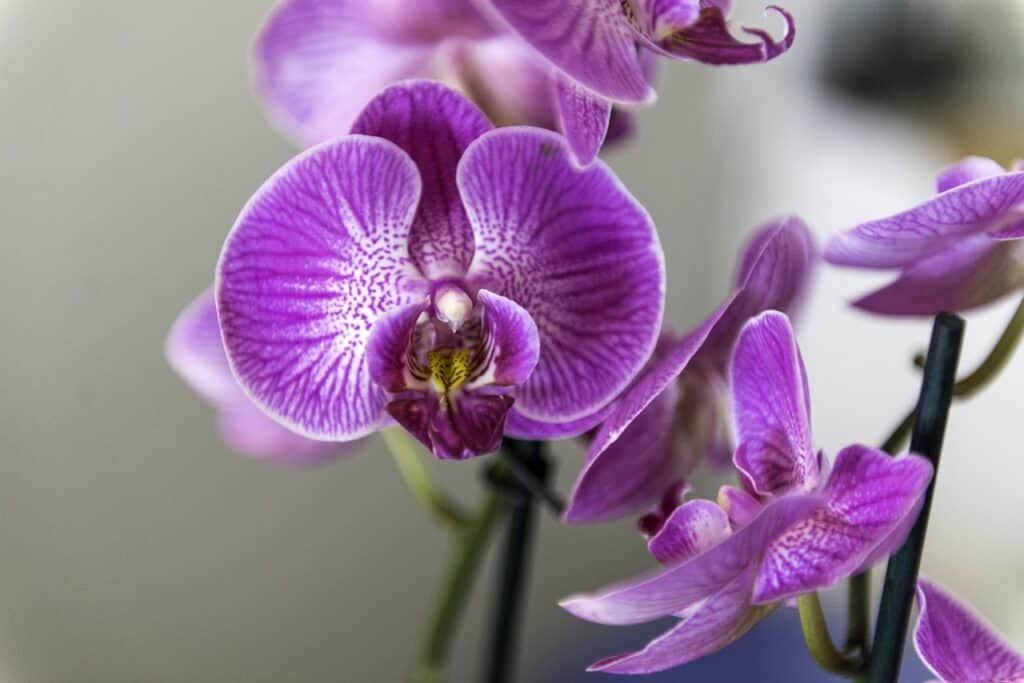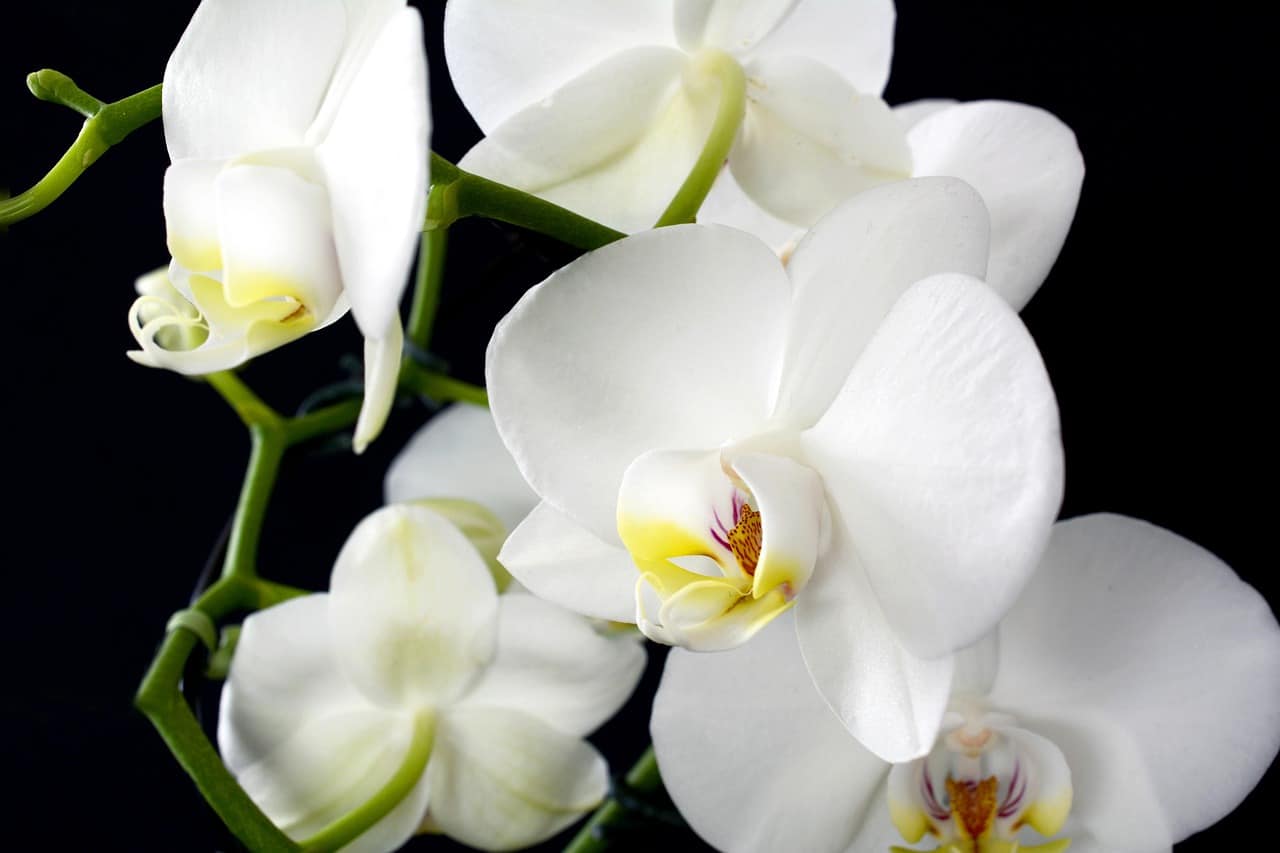Orchids are a favorite among gardeners due to their delicate beauty and the unique shapes and colors of their blooms. However, orchid plants have their own unique challenges, and one of them is the Keiki. Keiki is a Hawaiian term that means “baby” and refers to the tiny plantlets that sometimes grow on the stem of an orchid. While these little Keiki can be adorable, they can also stunt the growth and development of the main plant if not removed. In this article, we will give you a step-by-step guide on how to remove Keiki from an orchid stem in three simple steps.

What Are Keiki and Why Should You Remove Them
An orchid plant can reproduce in two ways: by seed or by asexual reproduction. Keiki growth is an example of asexual reproduction. It occurs when a node on the orchid stem develops into a miniature plantlet that is genetically identical to the parent plant. This process of Keiki growth is a survival mechanism that ensures the propagation of the species through the production of offspring without the need for sexual reproduction.
However, Keiki growth can also be a sign of stress on the main plant. When an orchid is experiencing stress due to factors like inadequate light or nutrition, it may respond by producing Keiki growth on the stem. The Keiki draws resources from the main plant, which can negatively impact its growth and flowering, making it essential to remove them.
Identifying Keiki on Your Orchid Stem.
Before removing Keiki from an orchid, it’s important to identify them. A Keiki can look like a miniature orchid plant growing on the stem of the main plant. It usually has roots, leaves, and a stem, just like a mature orchid plant. Some orchids also produce Keiki that grow at the base of the plant, along the roots, or even on the flower stalk.
Keiki growth can sometimes appear to be a flower spike, but they are easy to differentiate as they will have leaves, while flower spikes will not. When they grow on the stem, they can produce bright green leaves, which can make them stand out more.
Preparing Your Tools and Work Area for Keiki Removal.
To remove Keiki from an orchid stem, you will need a few essential tools to ensure a successful operation. Some of the tools you will need include a pair of sterilized, sharp pruning scissors or shears, a clean workspace is important to avoid the introduction of bacteria or viruses to the parent plant, and a clean pot with fresh potting soil to replant your Keiki.
How to Sterilize Your Tools and Workspace for Safe Keiki Removal.
Sterilizing your tools and workspace is important to prevent the spread of diseases to the parent plant. Use alcohol or a sterilizing solution to clean your tools before and after use to ensure they are free from infectious agents. It’s also advisable to work on a clean and sterile surface by wiping down your work area with alcohol.

Removing Keiki from Your Orchid Stem.
Step 1: Locate the Keiki on the stem. Generally, Keiki is easy to see on the stem of the orchid. Identify the point where the Keiki is attached to the stem.
Step 2: Cut the stem of the orchid. Carefully cut the stem of the orchid below the Keiki using sharp scissors or shears. Make sure to check that the tool’s sharp and clean before use.
Step 3: Plant the Keiki. Take the Keiki you removed from the stem and plant it into a smaller pot. Fill the pot with fresh potting soil, and water the plant so that the soil is moist but not waterlogged.
Tips and Tricks for Successful Keiki Removal.
When removing Keiki from an orchid stem, there are a few things you should keep in mind to ensure a successful operation. One of the most important things to remember is always to use sharp, sterilized tools to avoid introducing pathogens into the parent plant. It’s also essential to plant the Keiki in a separate container to provide it with the required nutrients and space to grow.
Benefits of Keiki Removal for Orchid Care and Maintenance.
Removing Keiki from an orchid stem is an important aspect of orchid care and maintenance. In addition to improving the growth and development of the main plant, it also provides an opportunity for you to propagate new orchid plants. This not only increases the number of orchids you have in your garden but also provides a great way of sharing your love for orchids with others.
Keiki growth is a sign of stress on the main plant and can negatively impact its growth and development. Removing the Keiki in 3 simple steps is a key step in orchid care and maintenance. While Keiki growth is a natural survival mechanism of the orchid plant, removing them gives the main plant a chance to redirect its resources and energy into producing more blooms, making it a key element in any gardener’s toolkit.

